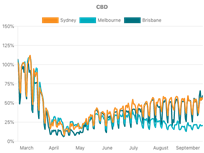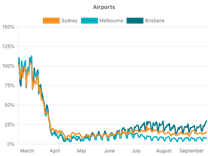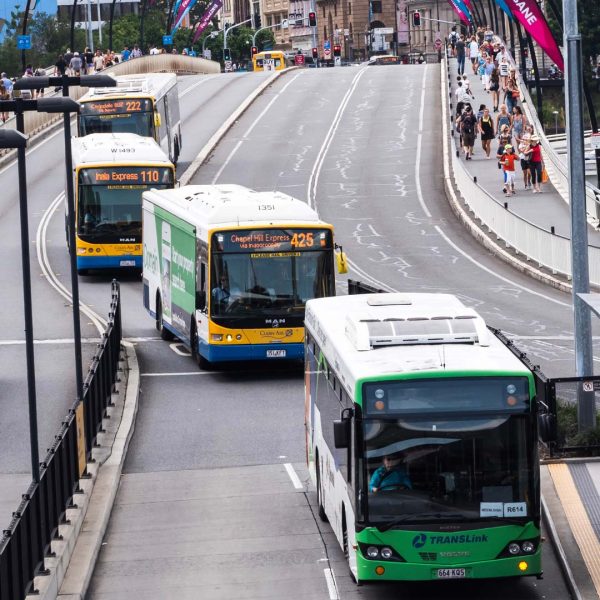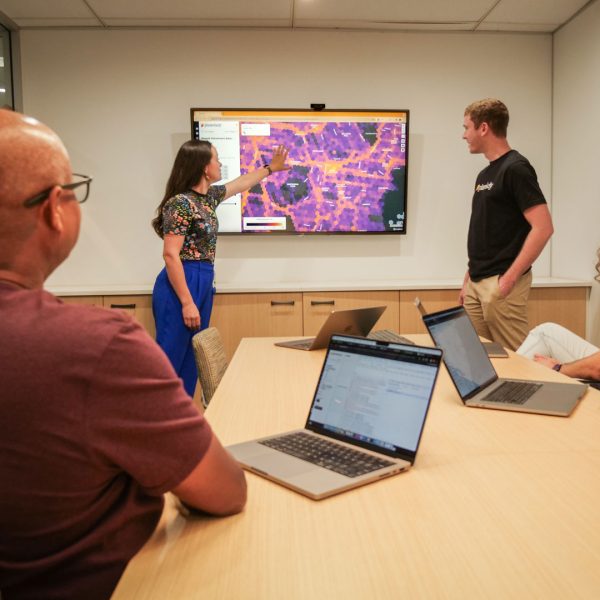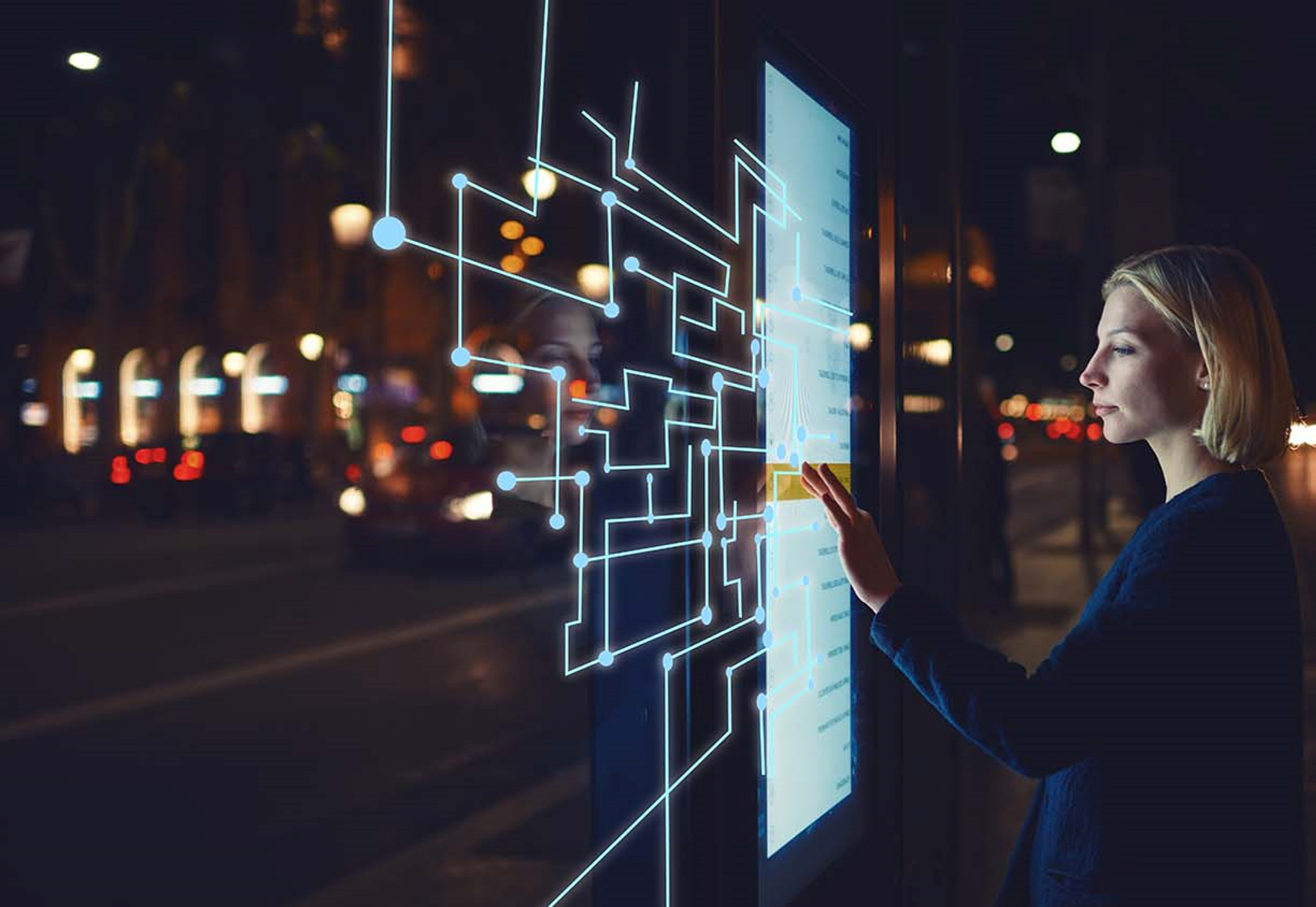
2020 and beyond – the potential impact of COVID-19 on out-of-home advertising audiences
14 October 2020
Since COVID-19 turned 2020 upside down, I have been fortunate enough to continue working from home – as have nearly half of the Australian working population. I have been less inclined to go to restaurants, pubs, or any other place with a significant number of people. My story, like the experience of millions of other Australians, has had a significant impact on the amount of travel taking place and the number of eyeballs passing outdoor advertising. The challenging question for an industry so heavily focused on the near-term visibility of signs is: what will be the medium-to-long term impact of COVID on travel in our cities?
This is a question that almost everyone is asking, but for which there are no clear answers. Throughout 2020, VLC has been working with our clients using data to quantify the impact of COVID-19 and the recovery to date, and to research the behavioural response to previous catastrophic events to project future recovery scenarios. While there are many unknowns – such as whether and when a vaccine will be found – some things are becoming increasingly clear.
The first is that it’s not all doom and gloom for the out-of-home (OOH) industry – with traffic levels on our roads rebounding strongly and, in some cases, overtaking their previous levels as people shun public transport in favour of their personal vehicles. Billboards and street furniture outside the CBD are still getting lots of visibility as people get back to their day to day travel patterns. This is reflected in mobility data that VLC has analysed and in reporting from other regions such as Canada and Europe (both of which had higher virus transmission rates than Australia).
However, the continued disruption to domestic air travel across Australia and a ban on international travel means that high value OOH inventory in and around airports is languishing. And there is more uncertainty about how activity will return in CBDs. Current activity levels in Sydney and Brisbane CBDs are back to roughly half of their pre-COVID levels. This stems from increased wariness about using public transport and the suitability of many white-collar CBD jobs to be performed remotely.
One could theorise that this exposure of vast numbers of employees and businesses to the convenience and feasibility of working from home could lead to a long-term shift in travel habits. However, this ‘new normal’ doesn’t sit as well with everyone and I know many colleagues and friends are anxious to return to the office. Humans are, after all, highly social creatures and all the Zoom and Teams calls in the world can’t replace the experience of talking to someone in person. They also can’t provide all those small day to day interactions during our working lives which make our lives richer overall.
Survey research[1] supports this, with most expecting to resume their previous routines even if ideally, they would like to work from home more often. And this research, in some ways, tells us things that we already know from experience with other high impact events such as previous outbreaks, earthquakes, hurricanes, terrorist attacks or hosting the Olympic Games. In all cases, the return to normality took a relatively short time. Whilst this shock has been more prolonged (and we expect setbacks along the way), it’s likely that once the dust settles, travel will not be too far from where it was prior to the pandemic.
The future is an uncertain place – a truism made painfully obvious for those of us who had 2020 ‘all planned out’. The key question for OOH advertising is: what will the recovery look like in CBDs, on public transport and in air travel? This year has shown us that whilst we can rapidly adapt as new information is presented, having good data has been crucial – whether it be in health, economics, advertising, or transport – and will continue to be so as we navigate through an uncertain 2020 and beyond.
Throughout history, humans have always been adaptable and had the desire to travel. I am confident that we will once again find a way to enjoy the freedom of movement in the not too distant future.
I wish to acknowledge my VLC colleague Harry Smithers for his invaluable assistance in writing this article.
[1] Source: https://urbanstudies.uva.nl/content/blog-series/covid-19-pandemic-working-from-home-and-commuting.html
